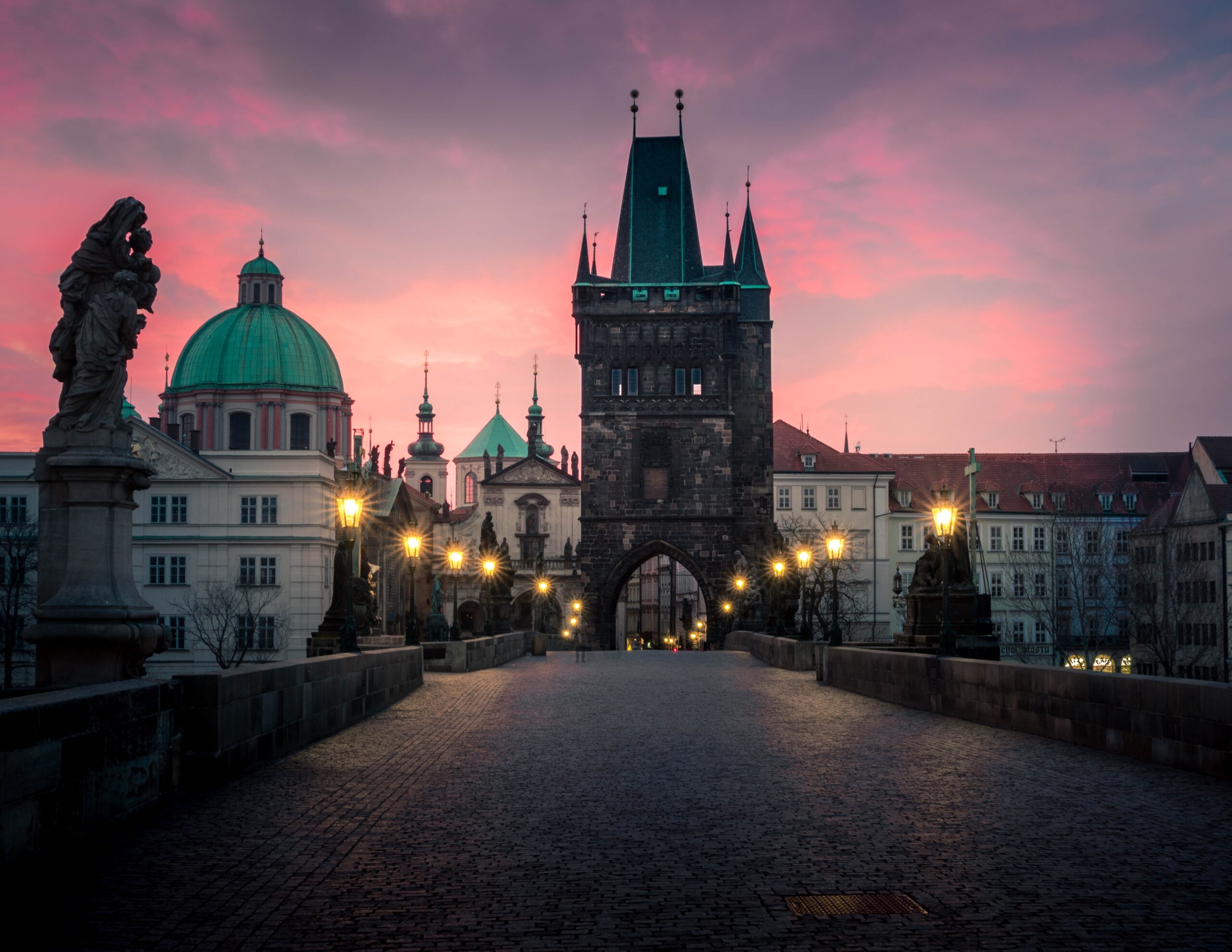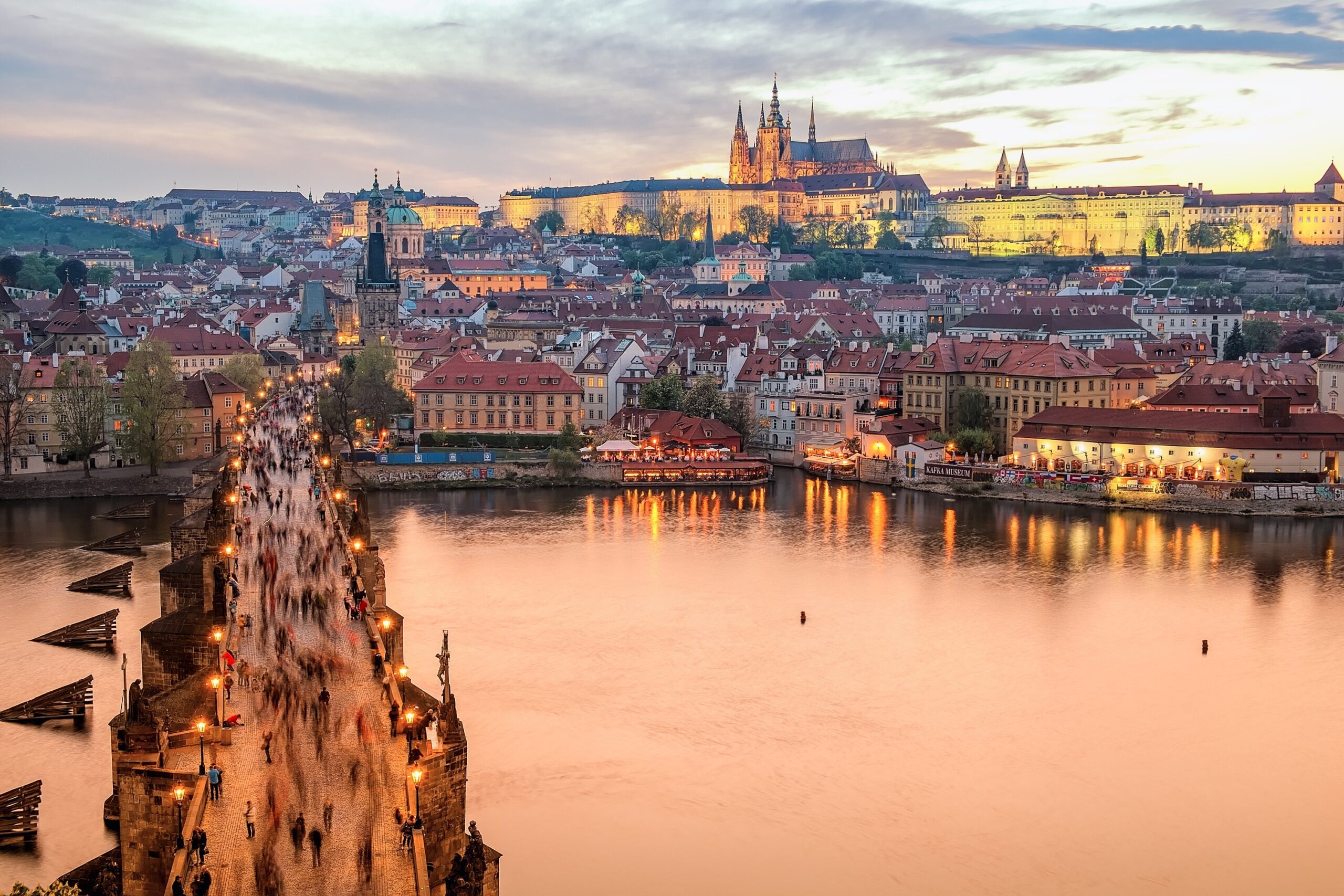The medieval Charles Bridge is a beautiful landmark that stands at the heart of Prague with magnificent views of the castle
Charles Bridge is one of the jewels in the already majestic city of Prague. The medieval bridge connects the Old Town of Staré Mesto to Malá Strana and the castle and was built during a period when Prague was one of the world’s greatest cities. Lining the walls of the bridge are 30 Baroque statues and at either end stand great towers.
The bridge was built in 1357 under the reign of the Holy Roman Emperor Charles IV, who ruled much of Europe. As Holy Roman Emperor, he was in charge of all the land between the borders of France and Poland, and Denmark and the city of Siena in Italy. Prague was his capital, and the center of Europe’s politics, culture and learning. Charles founded the first university in Europe in the city
He is said to have set the first stone of the Charles Bridge himself. As legend has it, Charles was a believer in numerology and construction began at exactly 5:31 am on July 9 1357 to give it strength. In the date style of the time, this created a numeric palindrome — 1357 9/7 5:31. The river the bridge crosses, the Vltava, is strong and often floods. In total, it took 45 years to complete and, as the only crossing across the river, greatly increased trade through Prague and its wealth.
The statues are a later addition. The majority of these were added between 1683 and 1714 by the best sculptors in Bohemia. They are in a Baroque style and show a range of saints that are important to Prague. Since 1965, the original statues have been moved to the National Museum in Wenceslas Square to preserve them. Those found on the bridge are excellent replicas.
The Myths of the Charles Bridge
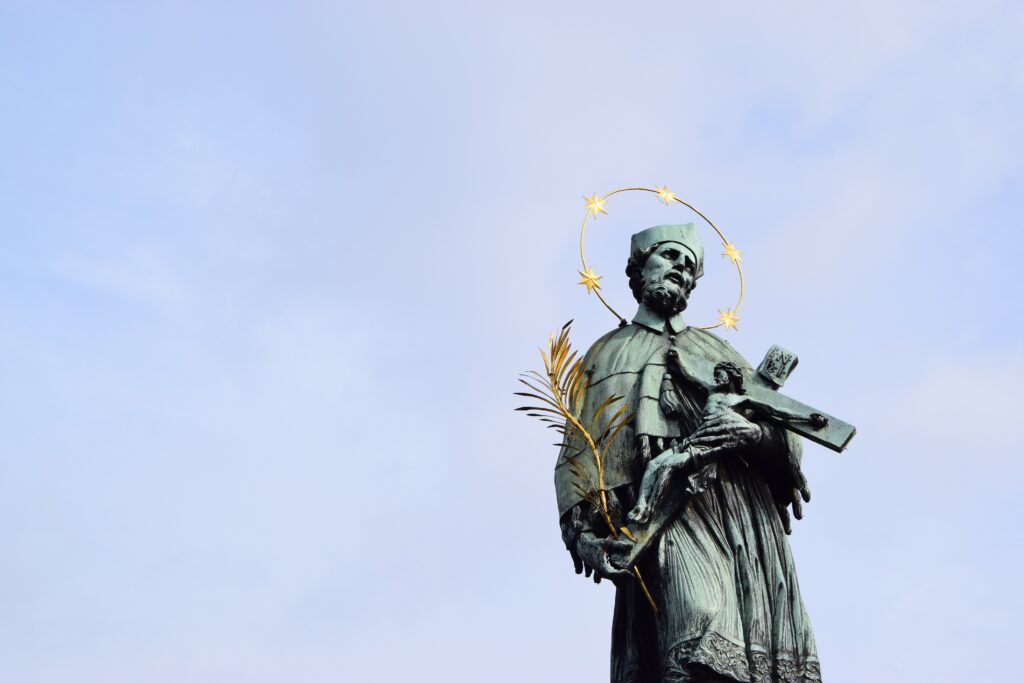
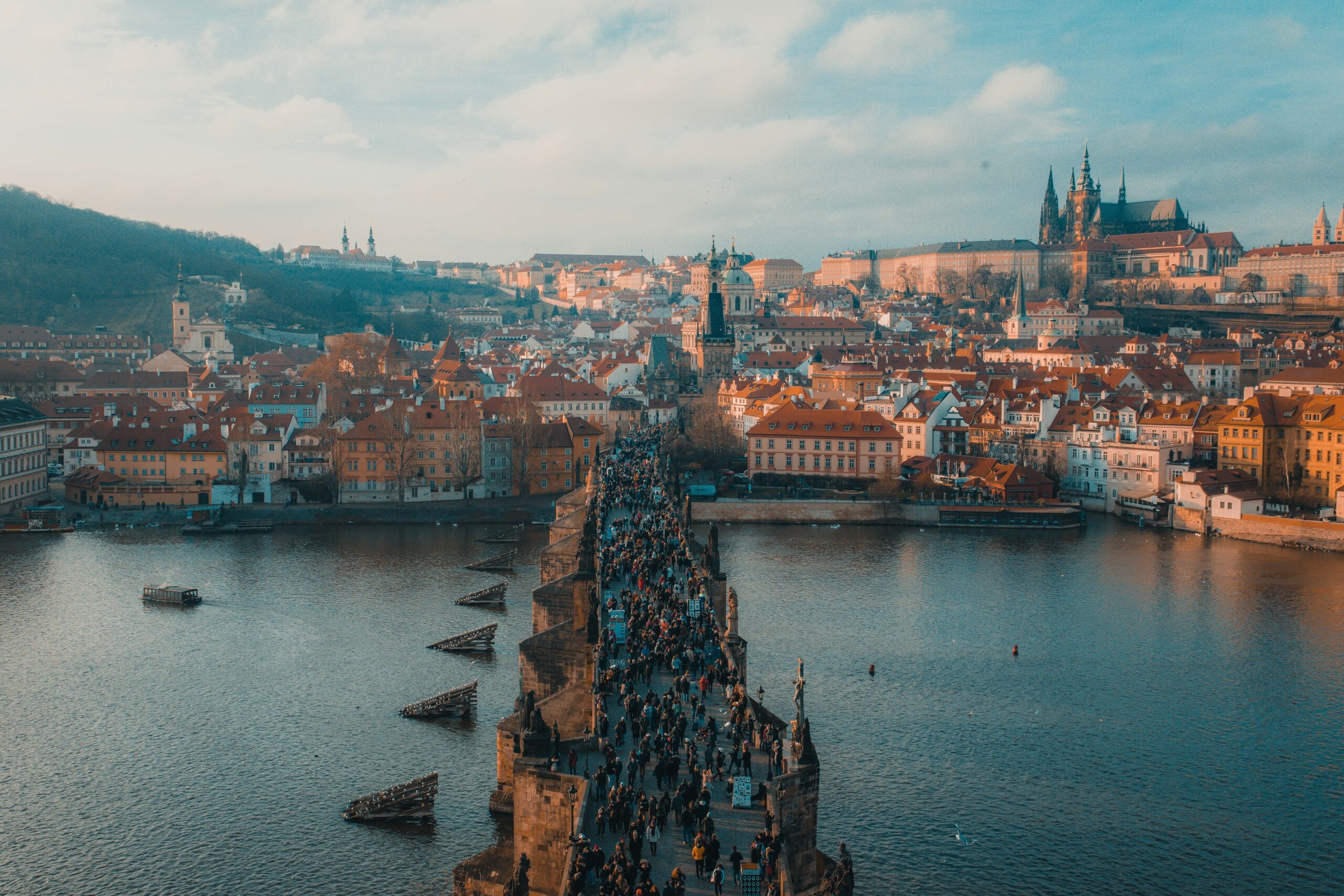
See the Charles Bridge with a cruise
Myths surround the Charles Bridge, and every tourist crossing it needs to find three places to touch for good luck. St John of Nepomuk was a priest who was tortured and thrown to his death from the walls of the bridge into the river. There are two stories told of the events leading to his death. One is that he found himself on the wrong side of a political dispute with King Wenceslaus IV. The other is that he was the confessor to the king’s wife, and when Wenceslaus asked for her secrets, he refused.
Under St John’s statue are two bronze plaques. One shows his death and the second is of a knight and his dog. If you rub the plaque showing John being thrown into the Vltava, you will return to Prague. The one that depicts the dog and knight will give you a loyal and long-lasting relationship or good luck. Both shine bright having been touched by millions of people.
Further down the Bridge, you will find a small bronze cross, which marks the spot where John was thrown into the Vltava. Directly underneath the cross, there is a depiction of him lying in the river which also glimmers. When you rub this image, you make a wish and this is said to come true within one year and one day.
A Battle for the Bridge
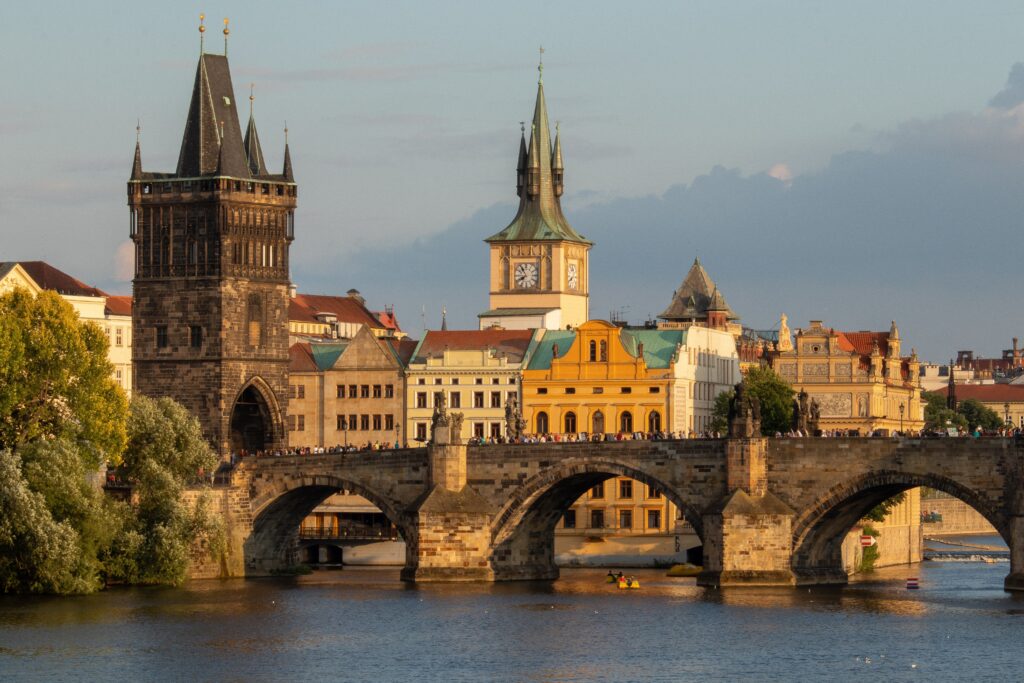
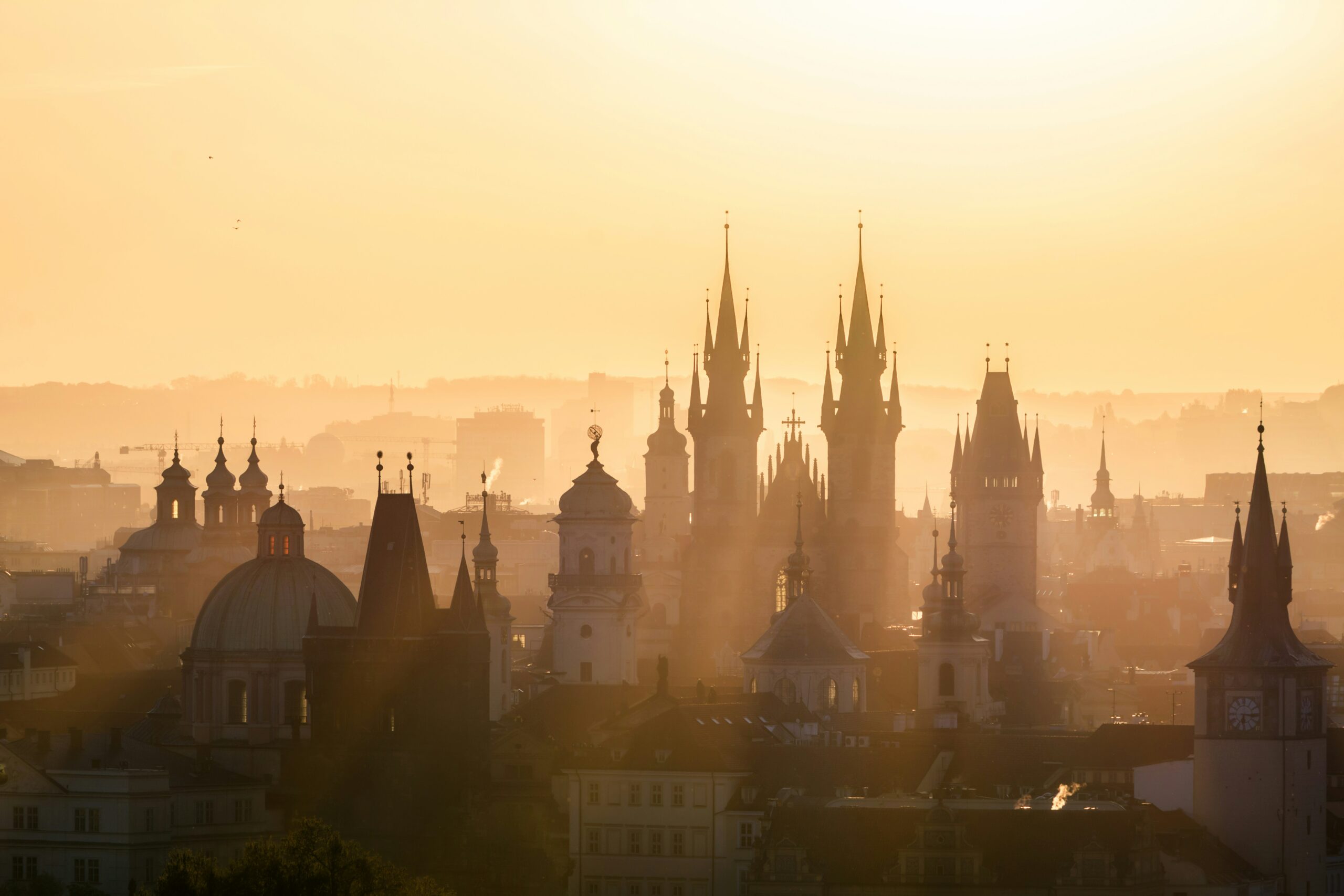
learn the secrets of prague by night
The Old Town Bridge Tower and the two Malá Strana Bridge Towers bookend the 1,692-foot-long bridge. These are in a Gothic style and have been important in defending Prague. The 30 Years’ War started and finished in the city. The Defenestration of Prague, when Catholic officials were pushed from a window, started the first Europe-wide conflict in 1618.
As peace negotiations to end the war were taking place in Westphalia in 1648, the Battle of Prague was raging. The Swedes were mounting a final assault on the city. This was mostly likely with the aim of looting it. The army was able to take Hradčany and Malá Strana with a surprise attack. Two Swedish columns held the left bank while a third approached. In total, they had 13,500 men and they wanted the Old Town.
The only things standing in their way were 2,000 Bohemian soldiers and the Charles Bridge. The Swedes filled Letna Park with cannon and attempted to take the bridge. The fiercest fighting of the battle took place and the Swedes were repelled. Unable to take the Old Town, they sacked Malá Strana. The battle is remembered with the recently restored Marian Column in Old Town Square.
